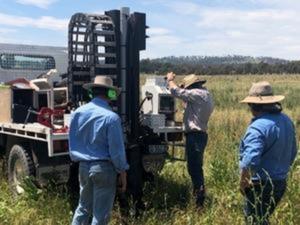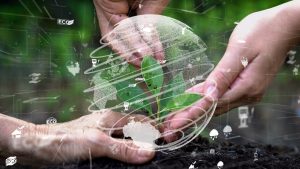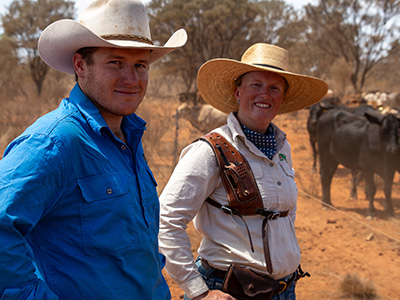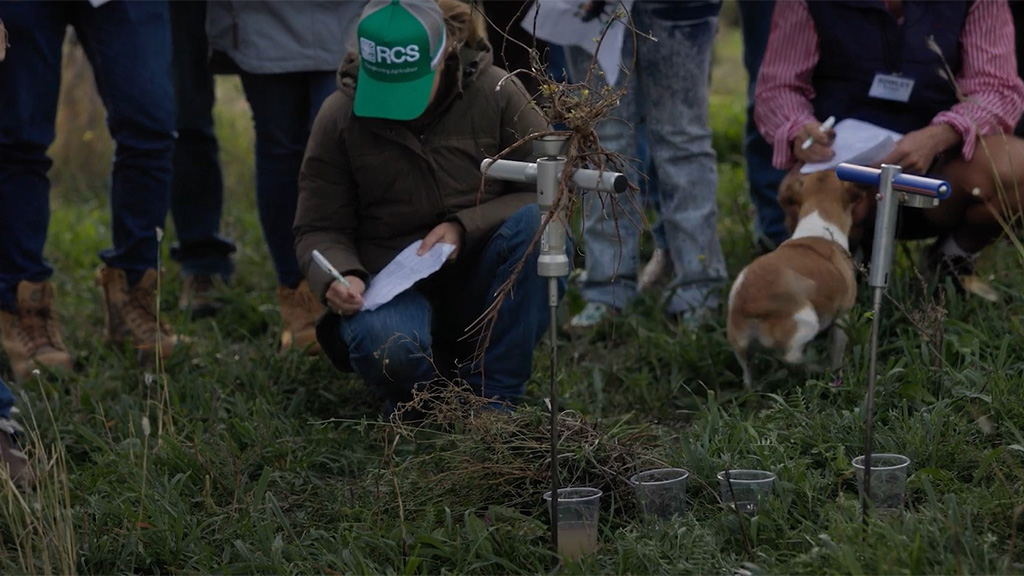
The season in SA and Tassie is particularly tight right now with little or no useful rain since early January and a generally failed 2023 spring prior to that. Right now, across southern Australia and much of the eastern NSW, you won’t need to drive far out into the countryside to see cattle and sheep grazing (and lying on) hay and silage trails lined across paddocks.
 The data from cell grazed properties confirms that the more beef that is eaten from this system, the more CO2e is removed from the atmosphere, by up to 150:1. Is this likely to counter the trend of “meat-free Mondays” and banning the advertising of beef? Probably not, because the beef industry lost control of the narrative a long time ago. However, we need to develop more of this data, change the grazing practices in the industry and tell the story better.
The data from cell grazed properties confirms that the more beef that is eaten from this system, the more CO2e is removed from the atmosphere, by up to 150:1. Is this likely to counter the trend of “meat-free Mondays” and banning the advertising of beef? Probably not, because the beef industry lost control of the narrative a long time ago. However, we need to develop more of this data, change the grazing practices in the industry and tell the story better.